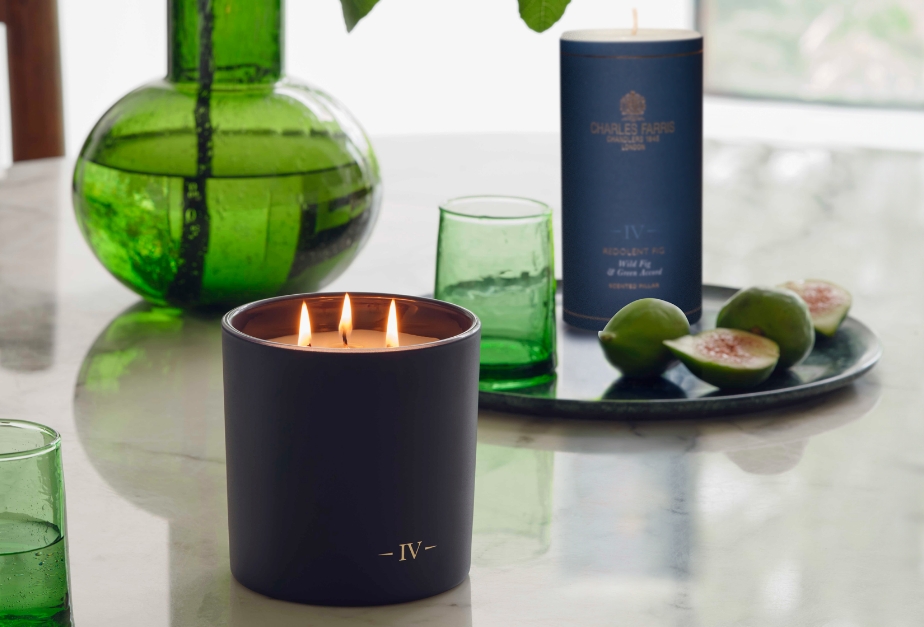Among the most profound and enriching New Year’s resolutions we can make is the commitment to mindfulness – a practice that invites presence and awareness into our daily routine. At Charles Farris, we understand the power of this journey. We believe in the transformative role that scents play in anchoring us towards the goal of mindfulness.
Let’s explore how scented products can transform your focus on mindfulness, delight the senses, and – ultimately – help you uphold your New Year’s resolution of a more present life.
Let fragrance set the scene
The scent is one of the most powerful senses tied to memory and emotion, playing a pivotal role in creating an atmosphere that inspires mindfulness.
So, which scents should you choose when it comes to practising mindfulness?
Choosing the right scent for your mindfulness journey
When it comes to choosing the right scent for you and your unique goal of mindfulness, there are a few things to consider, especially if you don’t quite know where to start:
- Personal connection – Reflect on the scents that bring positive emotions or memories. In other words: what scents make you feel happy, calm, or centered? It might be a scent from earlier in your life that you can’t help but associate with a calmer time. This will help ease you into your mindfulness practice.
- Consider the time of day and the season – Some scents simply shine more at certain times. Lighter, citrusy scents like orange zest, for example, may serve to give you the invigorating boost you need during morning practice. Contrastingly, warmer earthier scents like amber and velvet woods can ease you into a more soothing evening practice. Floral scents like ylang-ylang are also perfect for this.
- Elevate your focus – If you struggle to maintain focus during your mindfulness sessions, classic scents like eucalyptus and spearmint will do wonders in helping keep your mind centered.
Match the scent with your practice of choice
If you’ve dived into mindfulness this New Year, you’ll know it isn’t just a one-way street. There are plenty of ways in which you can practice mindfulness, all with great scents to boot.
Meditation
The poster child for mindfulness, meditation is rooted in finding deep relaxation and inner peace. This is usually achieved through deep breaths and control over one’s thoughts, and certain scents can go a long way to helping this.
Ylang-ylang is a classic floral choice that helps reduce stress and facilitate a state of calm. Similarly, tuberose is an excellent meditative scent known for its ability to induce feelings of relaxation during moments of inner peace.
Yoga
When the focus is more on maintaining a ‘flow’ of energy and staying physically engaged, invigorating scents are more appropriate. Spearmint, for instance, is known for its ability to energize, uplift, and refresh. This scent can elevate concentration and stamina, making it ideal for dynamic practices.
Citrus scents like orange blossom provide a burst of freshness and vitality, helping to keep the mind alert and the body agile during these practices. These scents can turn a session of movement-based mindfulness into an invigorating, energizing experience.
Journaling
In a more serene, introspective environment, softer scents are often preferred. The gentle aroma of rose or jasmine offers comfort and emotional uplift, ideal for deep thought and reflection. Clove and amber, with their warm and comforting essence, can soothe and reduce tension. This allows personal thoughts and feelings to flow more freely during reflective sessions.
Find serenity with Charles Farris today
The journey towards mindfulness is uniquely personal, enriched by internal resolve and the space we cultivate around us. Using scent strategically – either through scented candles or reed diffusers – can be pivotal in elevating the practice of mindfulness. Whether it be meditation, yoga, or journaling, scent acts as a comforting backdrop for introspection.





